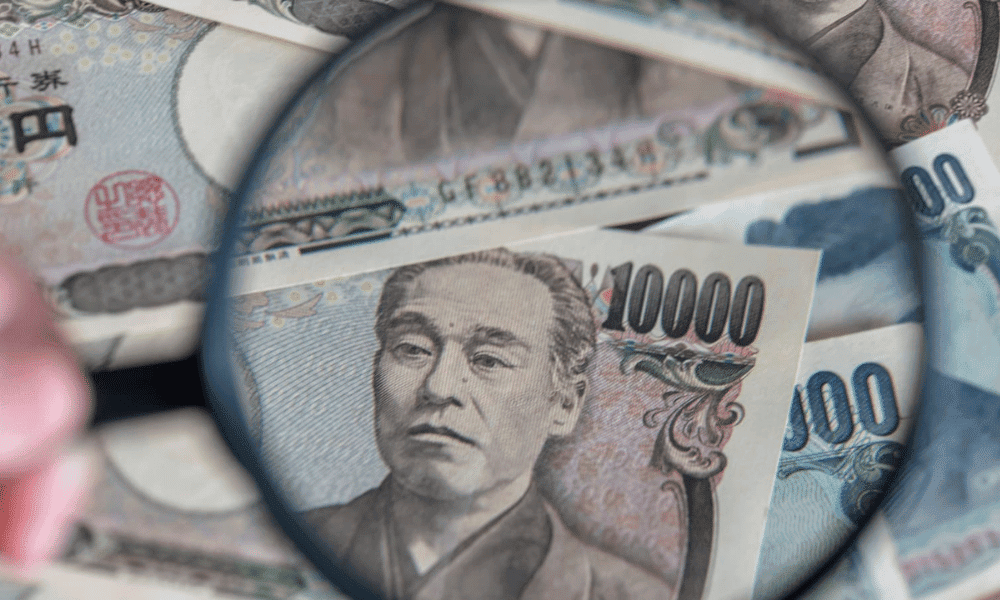
The Japanese yen crashed to a six-year low versus the dollar on Monday.
And headed for its biggest daily loss since March 2020 after the Bank of Japan moved to contain rising bond yields, even as U.S. Treasury yields soared to new multi-year highs.
The Bank of Japan's dovish stance contrasts with that of most other central banks, especially the U.S.
Federal Reserve which is expected to deliver a half-point interest rate rise in May, has kicked off its tightening cycle this month.
Treasury 10-year yields vaulted above 2.5% to three-year highs, lifting the dollar to two-week peaks.
To stop those yield rises from spilling into Japanese bond markets, the BOJ offered to buy an unlimited amount of debt with maturities of more than five years and up to 10 years.
While that did not stop 10-year yields from hitting the upper limit of the BOJ's policy band, it sent the yen sprawling.
By 930 GMT, the dollar was up 2% against the yen at 124.65 yen by 0825 GMT, the highest since August 2015 and the biggest one-day rise since March 2020.
Yen losses in March surpass 7% and the currency is set for its biggest monthly and quarterly falls since 2016.
"It's the combination of the BOJ underscoring its commitment to keeping yields low, which it did twice today, and the U.S.
Treasury yields which moved higher overnight," Mizuho senior economist Colin Asher said, noting the BOJ had also pledged unlimited purchases for three consecutive days.
Big energy import bills and the loss of tourism revenues mean "the weight on the yen is likely to remain for the next year," Asher added.
The Japanese currency also lost ground against the euro, which is increasingly underpinned by expectations the European Central Bank will join the rate hike club this year.
The euro gained 1.7% at 136.9 yen, a four-year high.
Money markets now price 60 bps of rate hikes this year, allowing the euro to claw back earlier losses versus the greenback to stand flat on the day at $1.098.
Its fortunes this week could be determined by inflation figures from major European economies, with the bloc's harmonized HICP inflation seen edging up to 6.5% in March.
However, with the Fed tipped by markets to raise rates by 130 bps by July, the dollar index strengthened 0.3%.
Analysts at Monex said given yen weakness and risks to the euro from the Ukraine-Russia conflict, the dollar would likely stay buoyant, especially if Friday's jobs data proved strong.
"Should wage growth continue to tick up despite the recent increase in labor supply, money markets are likely to fully price two 50 bp hikes from the Fed in May and June," they added.
Trending News
Top 5 Things To Watch In Markets In The Week Ahead!
U.S. Futures Edge Higher Biden Fed Speakers And Big Tech In Focus!
Exclusive-EU Nations To Exchange Refugees Hryvnias At Ukraine Cenbank Rate Draft Document!
On commodity currencies, the Australian dollar inched to $0.7527, holding near the recent four-month high, helped also by short-dated bond yields at the highest since 2014.
One headwind for the Aussie is China's COVID-19 situation after Shanghai said it would lock down to carry out testing.
The dollar touched a two-week high of 6.3983 on the offshore yuan, before paring gains.
On cryptocurrencies, bitcoin rose 0.6%, standing just off the early-January high of $47,766 touched earlier. - INVESTING